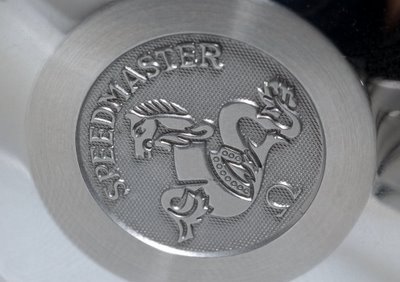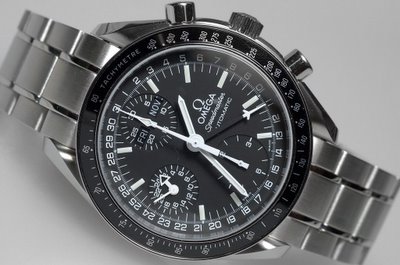
This Mandarin Duck was taken at the Kuala Lumpur Bird Park at the Lake Gardens. Shooting animals and birds, you're lucky if you come back with one nice shot, since they are so unpredictable. The real trick is to be patient and take a picture of the animal/bird doing something interesting, otherwise your shots will just look like run-of-the-mill record shots you find in reference books.
This is what I always strive for when taking pictures of animals. I learned this from Thom Hogan, who took one of the most amazing pictures of a capuchin monkey at the zoo that I'd ever seen.
I sat watching this duck grooming itself for a while before I got what I wanted. Since it was busily grooming itself over and over again, I could take my time to shoot and refine the framing with each subsequent shot until it was just right and the duck got into just the right position.
Nikon D70, AF Nikkor 80-200mm f/2.8










